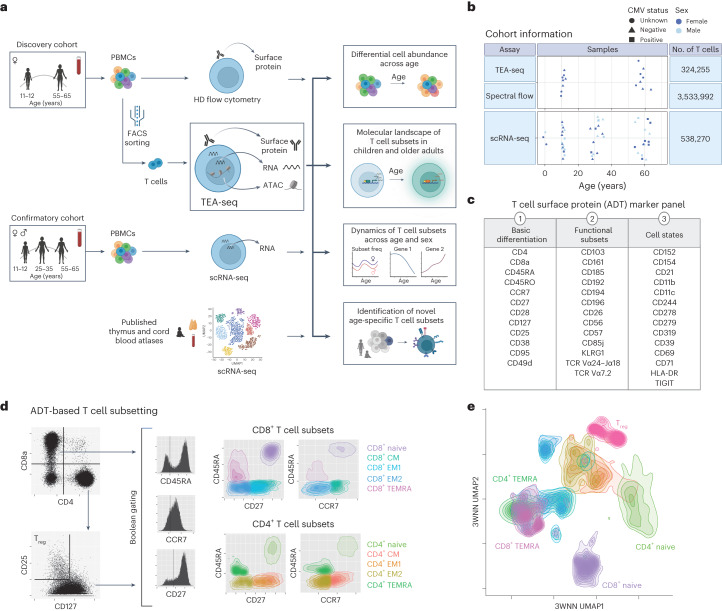Fig. 1. Approach for investigating T cell subsets across age using the trimodal TEA-seq assay.
a, Overview of the discovery (n = 8 donors per age group) and confirmatory (n = 16 donors per age group) cohorts and associated assays. HD, high-dimensional; FACS, fluorescence-activated cell sorting; UMAP 1/2, Uniform Manifold Approximation and Projection 1/2; Subset freq, subset frequency. b, Cohort demographics and number of T cells per assay. c, T cell-targeted ADT surface marker panel (40 antibodies) used in TEA-seq analysis. HLA-DR, human leukocyte antigen D related; TIGIT, T cell immunoglobulin and immunoreceptor tyrosine-based inhibitory motif domain. d, T cell subset gating strategy for TEA-seq data using the expression of seven ADT markers: CD8, CD4, CD25, CD127, CD45RA, CCR7 and CD27. CM, central memory; EM1, effector memory type 1; EM2, effector memory type 2; TEMRA, terminally differentiated effector memory. e, 3WNN (ADT + RNA + ATAC) UMAP plot of ADT-defined T cell subsets from all donors, based on cellular density and colored according to T cell subset.

